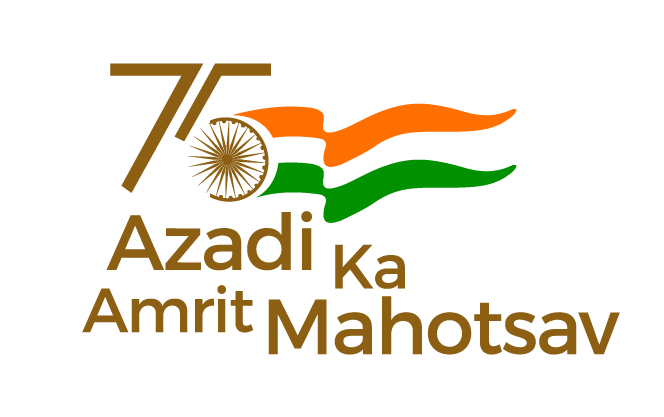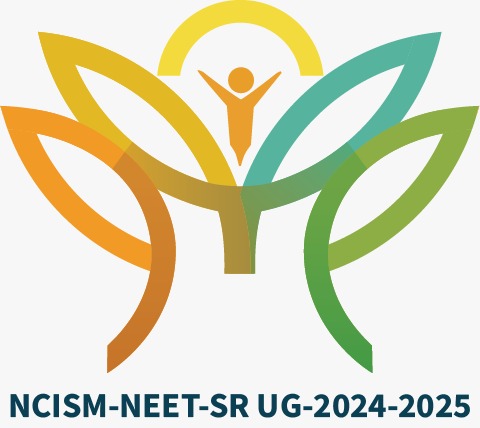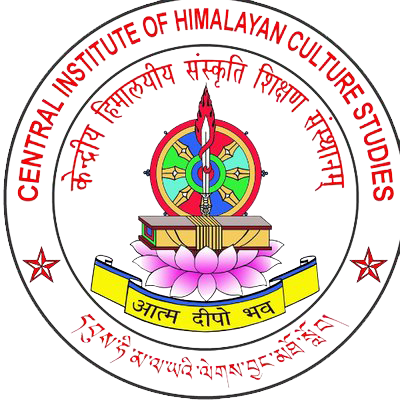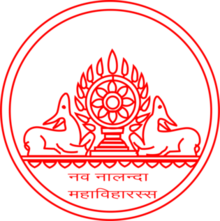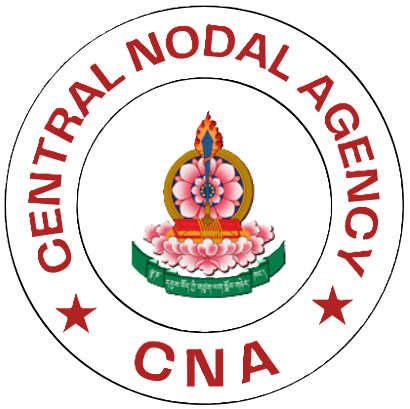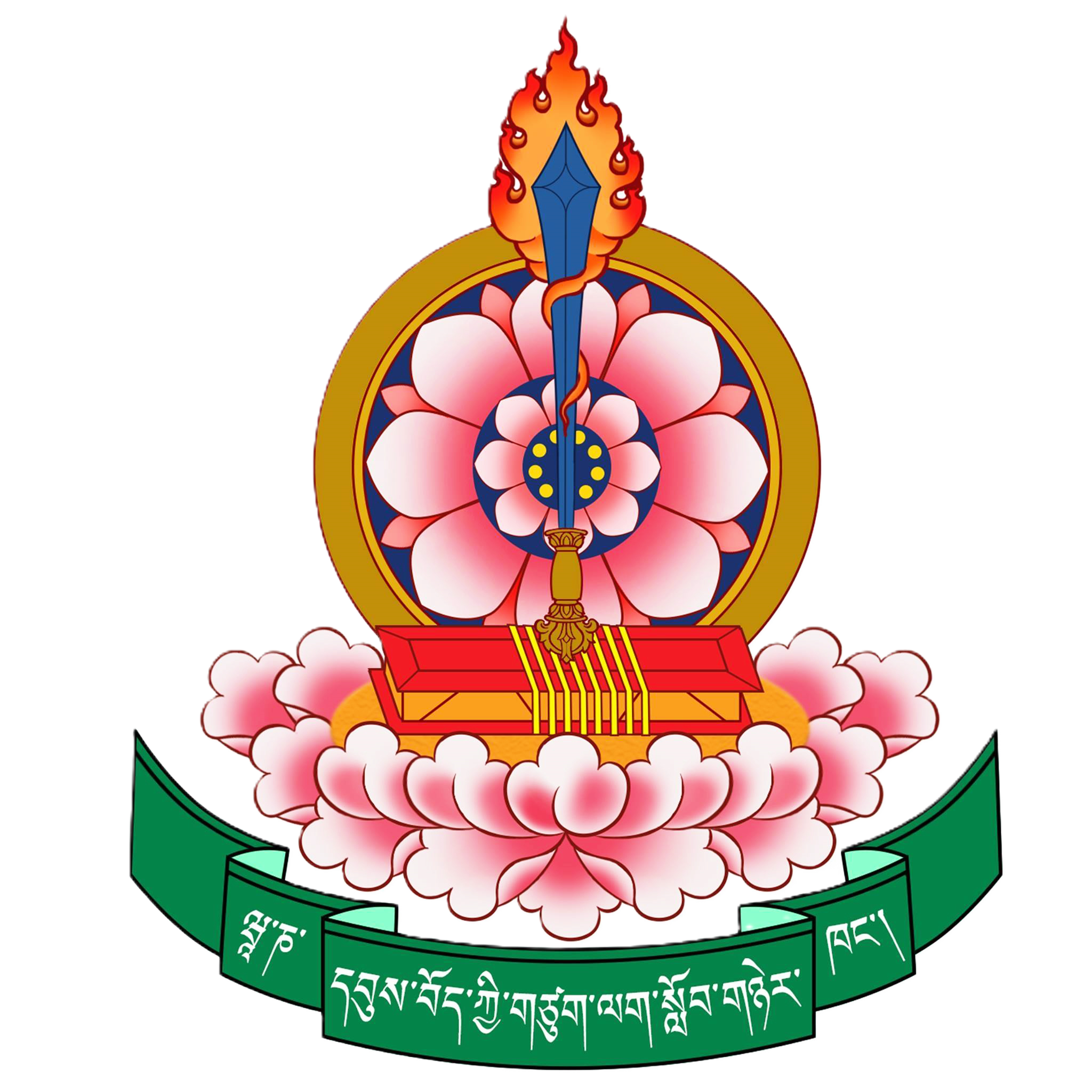ལས་ཁུངས།
གསལ་བསྒྲགས།
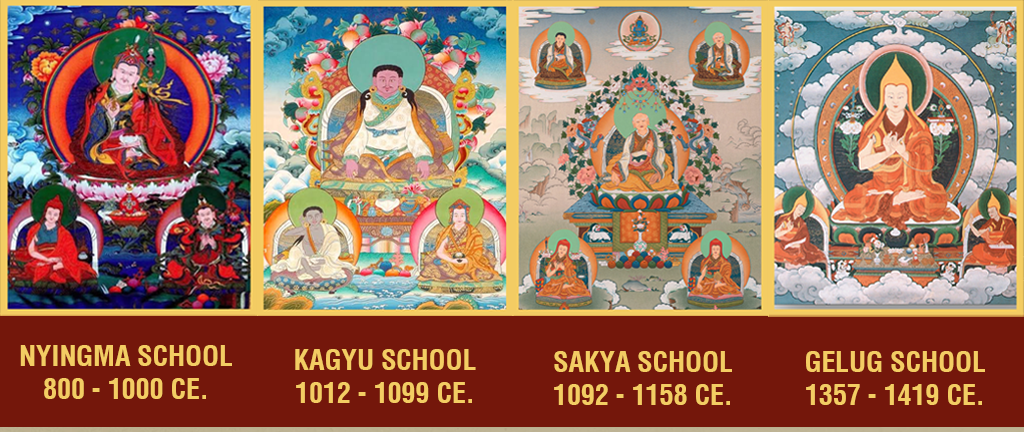
རང་གཞུང་སྡེ་ཚན།
སྤྱི་ལོའི་དུས་རབས་བདུན་པ་དང་བརྒྱད་པའི་ནང་བོད་དུ་ནང་ཆོས་དར་འཕེལ་བྱུང་རྗེས
་བོད་བརྒྱུད་ནང་བསྟན་གྱི་ཆོས་བརྒྱུད་ཆེན་པོ་བཞི་སྟེ།
འབྱུང་སྔ་ཕྱིའི་རིམ་པའི་དབང་དུ་བྱས་ན། རྙིང་མ་དང་། བཀའ་བརྒྱུད། ས་སྐྱ།
དགེ་ལུགས་བཅས་ལས་གྲུབ་པའི་སྡེ་ཚན་ཞིག་ཡིན།
སྡེ་ཚན་གྱི་ངོས་ནས་བསྟན་བཅོས་དང་སློབ་དཔོན་ལོ་རིམ་ཁག་ཏུ་འཕགས་བོད་ནང་བསྟན་
ལྟ་གྲུབ་ཐོག་བོད་ཀྱི་ཆོས་བརྒྱུད་ཆེན་པོ་བཞིའི་མཁས་པ་ཁག་གིས་མཛད་པའི་བསྟན་བ
ཅོས་ཁག་ལ་གཞིགས་ཏེ་བསླབ་གཞི་སློབ་ཁྲིད་བྱེད་བཞིན་ཡོད།
སྤྱིར་བོད་ཀྱི་ཆོས་བརྒྱུད་བཞིའི་ཐུན་མིན་ལྟ་སྤྱོད་ཁག་རྫོགས་པའི་སངས་རྒྱས་ཤཱ
ཀྱ་ཐུབ་པས་གསུངས་པའི་མདོ་དང་།
འཕགས་ཡུལ་གྱི་ནང་པའི་མཁས་གྲུབ་དག་གིས་མཛད་པའི་དགོངས་འགྲེལ་བསྟན་བཅོལ་ཁག་ལ་
ཁུངས་བཅོལ་བ་གཅིག་མཚུངས་ཡིན་མོད།
འོན་ཀྱང་འཕགས་ཡུལ་གྱི་མཁས་གྲུབ་མི་འདྲ་བ་དག་གིས་མཛད་པའི་དགོངས་འགྲེལ་བསྟན་བ
ཅོས་མི་འདྲ་བ་ཁག་ལ་གཞིགས་ཏེ།
མན་ངག་གི་བརྒྱུད་པ་མི་འདྲ་བའི་ཐོག་ནས་ཉམས་ལེན་གྱི་བརྒྱུད་པ་མི་འདྲ་བ་ཁག་དང་
། གཞུང་ཚིག་གི་དགོངས་པ་འགྲེལ་ལུགས་མི་འདྲ་བའི་ཁྱད་པར་བྱུང་ཡོད།
སྡེ་ཚན་གྱི་བསླབ་གཞི་ཁག
- བསྟན་བཅོས་འཛིན་གྲྭ།
- སློབ་དཔོན་འཛིན་གྲྭ།
བསླབ་གཞིའི་གྲུབ་འབྲས།
- ནང་བསྟན་ལྟ་གྲུབ་ཀྱི་བསྟན་བཅོས་འཛིན་གྲྭ།
- སློབ་ཕྲུག་ཚོར་བོད་ཀྱི་མཚན་ཉིད་རིག་པའི་ཡན་ལག་ཤེས་རྟོགས་རིག་པ་དང་། ཤེས་རྟོགས་རིག་པ། དངོས་ཁམས་རིག་པ། ཚད་མ་རིག་པ། གནས་ལུགས་རིག་པ།
- དབྱེ་ཞིབ་ཀྱི་སློབ་ཁྲིད་སློབ་སྦྱོང་གི་ཉམས་མྱོང་གིས་སློབ་མ་རྣམས་ཀྱིས་ཨ་བྷི་དྷར་མའི་སློབ་གྲྭ་ལྟར་སྐད་ཆ་དང་། ཨའི་ཡ་ཏ་ན། ཁམ་བཅས་ལ་གོ་བ་ལེན་ཐུབ་པ་དང་དབྱེ་ཞིབ་བྱེད་ཐུབ། རྒྱུ་མཚན།
- དེ་དག་ལ་རང་གིས་རང་ལ་བསམ་གཞིག་བྱེད་པའི་དྲན་ཤེས་དང་། སེམས་ཁམས་ཐད་ཀའི་དྲན་ཤེས་དང་། ཡོ་གའི་དྲན་ཤེས་བཅས་དང་འབྲེལ་བའི་སློབ་སྦྱོང་གི་ཁྱབ་ཁོངས་མང་པོའི་ནང་སྦྱོང་བརྡར་ཐོབ་ཡོད།
- དེ་བཞིན་ཨ་བྷི་ས་མ་ཡ་ལན་ཀ་ར་དང་དེའི་འགྲེལ་བརྗོད་སྣ་ཚོགས་ལྟར་གཞན་ཕན་གྱི་བླ་མའི་སེམས་ཀྱི་འཚར་ལོངས་བྱ་རིམ་གྱི་ཤེས་བྱ་དེས་སློབ་མ་ཚོར་འབྲེལ་ཡོད་ལས་རིགས་སྣ་ཚོགས་ནང་ལས་ཀའི་གོ་སྐབས་འཚོལ་ཐུབ་པ་བྱས་ཡོད། གོ་ཏྲའི་བསམ་གཞིག་དང་ལམ་ལུགས། བཙོག་པ་དང་བཙོག་པ་མེད་པའི་གནས་ཚུལ། དབྱངས་ཀྱི་འཕེལ་རྒྱས་ཀྱི་རིམ་པ་དང་ཚད་མེད་བཞི་བཅས་ཡིན།
- འཇིག་རྟེན་མ་ལག་གི་འཕེལ་རྒྱས་བྱ་རིམ་དེ་དམའ་བ་དང་ཨུ་པ་ར་ཨ་བྷི་དྷར་མའི་སློབ་གྲྭ་དང་བསམ་གཞིག་ངོས་འཛིན་ལྟར་ན་ཞིབ་འཇུག་དང་། སློབ་ཁྲིད། སྐད་སྒྱུར། དེ་བཞིན་གསར་དུ་ཐོན་པའི་ཁྱབ་ཁོངས་མང་པོའི་ནང་མཐོང་རྒྱ་གསར་པ་ཁ་ཕྱེ་བའི་གོ་སྐབས་སྤྲོད་ཀྱི་ཡོད།
- རང་གིས་རང་ལ་འབྲེལ་བ་ཡོད་པའི་མཚན་ཉིད་རིག་པའི་གནད་དོན་དང་། བདེན་པ། སེམས་ཁམས་ཁོ་ནའི་སློབ་གྲྭའི་མཚན་ཉིད་རིག་པའི་ལྟ་ཚུལ་ལ་ཁས་ལེན་མེད་པ་དེ་དག་རང་ཉིད་ཀྱི་ངོས་འཛིན་དང་རྒྱུ་མཚན་བཀོལ་སྤྱོད་ཀྱི་ཐབས་ལམ་སྣ་ཚོགས་ལ་དབྱེ་ཞིབ་ཀྱི་དོ་སྣང་དང་མཉམ་དུ་ཀློག་བཞིན་ཡོད།
- མཐོ་རིམ་སློབ་གསོ་དང་ཞིབ་འཇུག སྐད་སྒྱུར་ཞིབ་འཇུག སློབ་ཁྲིད་བཅས་ཀྱི་ཁྱབ་ཁོངས་ནང་སློབ་སྦྱོང་བྱེད་མཁན་གྱི་སློབ་མ་ཚོས་གོ་སྐབས་འཚོལ་རྒྱུ་རེད།
- ནང་པའི་ལྟ་གྲུབ་ཐོག་སློབ་དཔོན་འཛིན་གྲྭ།
- བྱེ་བྲག་སྨྲ་བ་དང་མདོ་སྡེ་པ། དེ་བཞིན་རྣམ་ཤེས་སྨྲ་བ་བཅས་ནང་པའི་གྲུབ་མཐའ་སྨྲ་བ་གསུམ་གྱི་དབར་ཕྱི་རོལ་གྱི ་འཇིག་རྟེན་གནས་ལུགས་ཐད་བཞེད་པ་མི་མཐུན་པའི་གནད་དོན་ལ་བརྟེན་ནས་སློབ་མ་རྣམས ་ཀྱིས་ཕྱི་རོལ་གནས་ཀུན་ལ་དཔྱོད་ཞིབ་ཀྱི་ལམ་ནས་ལྟ་བའི་བློ་བསྐྱེད་བྱིན་ནུས།
- སློབ་དཔོན་ཀླུ་སྒྲུབ་ཀྱི་དབུ་མ་རྩ་བ་ཤེས་རབ་ཀྱི་ལེའུ་གལ་ཆེན་འགའ་ཞིག་སྟེ། རྐྱེན་བརྟག་པ། བདག་བརྟག་པ། འཕགས་པའི་བདེན་པ་བཞི། རྟེན་ཅིང་འབྲེལ་བར་འབྱུང་བའི་ཡན་ལག་བཅུ་གཉིས་བཅས་ལ་བརྟེན་ནས་སྲོལ་རྒྱུན་གྱི ་ཤེས་བྱ་རིག་པའི་གནས་རྣམས་ཚན་རིག་དང་མངོན་སུམ་གྱི་སྒོ་ནས་ལྟ་བའི་གོ་སྐབས་ བྱིན་ངེས།
- རྒྱ་གར་གྱི་ལྟ་གྲུབ་རིག་པའི་གྲུབ་མཐའ་ཁག་གི་ནང་བདག་གི་རང་བཞིན་གནས་ལུགས་དང་ འབྲེལ་བའི་བཞེད་པ་ཁག་གི་ཐད་རྟེན་འབྱུང་གི་རྣམ་གཞག་དང་། ཕྱི་ནང་གི་ཆོས་ཀྱི་གནས་ལུགས་ཐད་ཐ་སྙད་ཙམ་དང་དོན་དམ་ཆོས་ཉིད་ཀྱི་ངོ་བོའི་ཐོག ་དབུ་མ་པའི་བཞེད་ཚུལ་གཙོ་འཛིན་གྱིས་སློབ་ཁྲིད་བྱེད།
- གཞན་ཕན་གྱི་བསམ་པ་རྒྱུད་ལ་སྐྱེད་པའི་བྱ་རིམ་དེ་བཞིན་དྲན་པ་དང་། སོ་སོར་རྟོག་པ། བཟོད་པ། བརྩོན་འགྲུས། ཏིང་ངེ་འཛིན་བཅས་ཀྱི་ཉམས་ལེན་དང་ལྷན་ཚད་མཐོའི་གནས་རིམ་ཐོག་སློབ་ཁྲིད་བྱེད་པ ་ལ་བརྟེན་ནས་སློབ་མ་རྣམས་ཀྱིས་སློབ་ཁྲིད་དང་། ཞིབ་འཇུག ཡིག་སྒྱུར་སློབ་གཉེར། དཔྱད་བརྗོད་རྩོམ་འབྲི་སོགས་ཀྱི་ཐོག་ལས་རིགས་གཉེར་ཐུབ།



